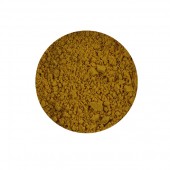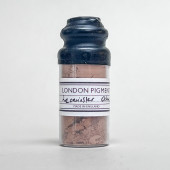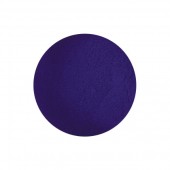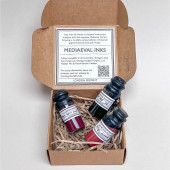Search results for 'brown ink ca'
-

Stil de Grain
Starting at: £12.20
-

London Pigment, Leominster Ochre Pigment
£18.00 -

Prussian Blue Pigment
Starting at: £5.20
-

London Pigment, Mediaeval Inks Set, 2
£35.00Call to Order



